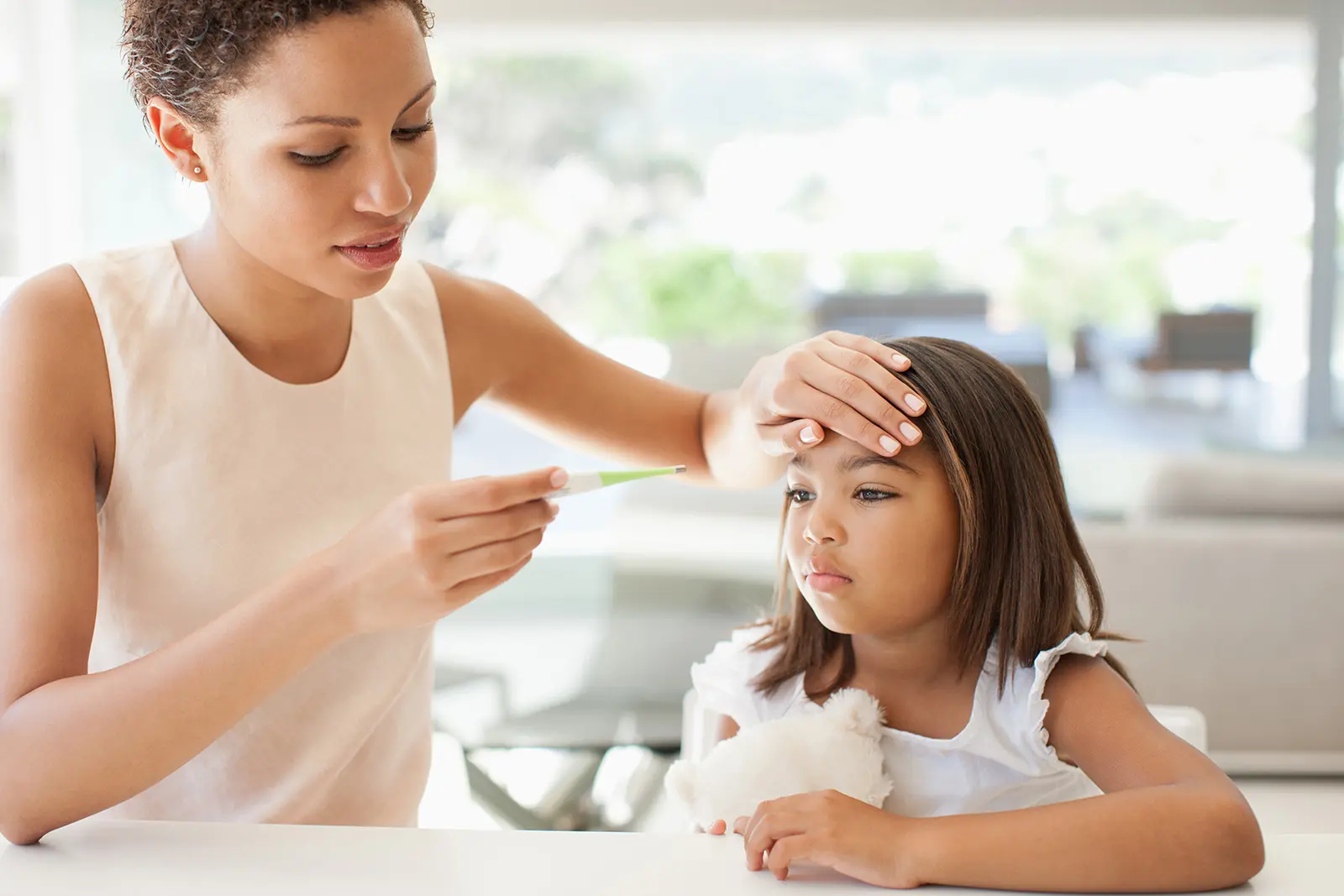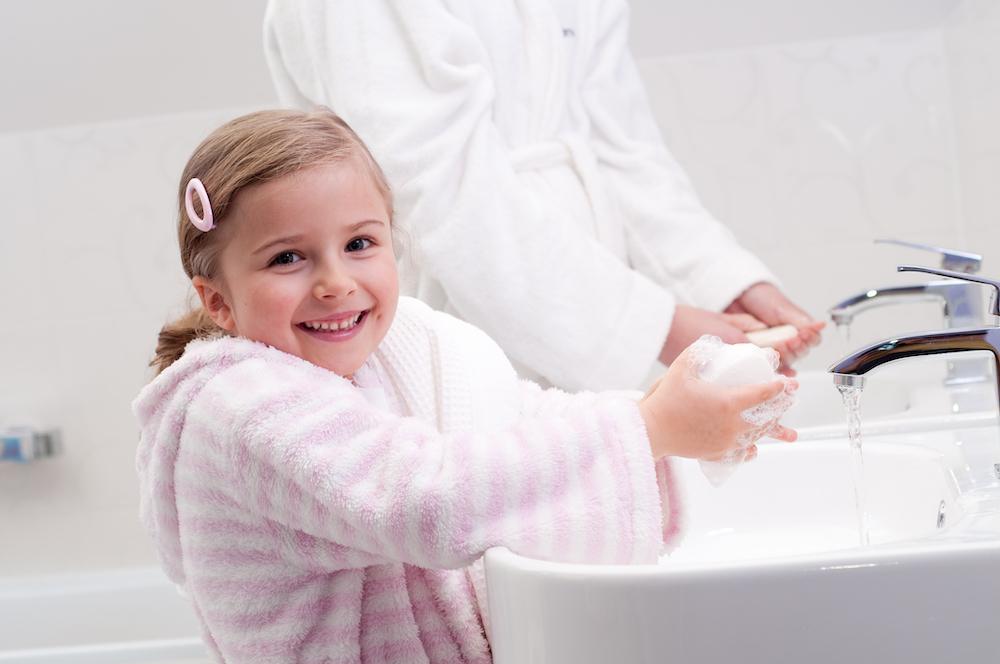Cold prevention is a crucial topic for parents and caregivers, particularly during the colder months when colds become more prevalent. The dreaded sniffles, coughs, and sore throats can disrupt daily life for families, especially those with young children. Thankfully, by implementing effective strategies and understanding how to reduce exposure to common cold viruses, we can significantly decrease the risk of illness in our little ones.
In this comprehensive guide, we will explore a variety of cold prevention strategies that empower you as a parent to keep your child healthy and happy throughout the cold season.
Cold Prevention

The first step in our journey towards effective cold prevention is to understand the enemy we are fighting against. Common colds are primarily caused by rhinoviruses, which thrive in cooler weather and are easily transmitted from person to person. These highly contagious viruses can spread through respiratory droplets that linger in the air or settle on surfaces. Children, due to their developing immune systems and propensity to interact closely with peers, are particularly vulnerable.
To combat colds effectively, it’s essential to embrace a holistic approach that encompasses hygiene, nutrition, rest, and lifestyle habits. This broad spectrum of strategies not only fortifies your child’s defenses but also promotes overall wellness throughout the year.
Understanding Rhinoviruses
Rhinoviruses are responsible for a significant portion of upper respiratory infections, commonly referred to as colds. Characterized by symptoms such as a runny nose, congestion, cough, and sore throat, these viruses can take a toll on a child’s health and comfort. They multiply rapidly in environments conducive to their survival, making fall and winter the peak times for infection.
One of the concerning aspects of rhinoviruses is their ability to mutate, resulting in multiple strains. As a result, even if a child successfully fights off one type of cold virus, they may still be at risk for another strain shortly thereafter. This characteristic reinforces the importance of preventive measures, as exposure to germs is almost inevitable in communal settings such as schools and daycare centers.
Why Kids Are More Susceptible
Understanding why children are particularly susceptible to colds requires an examination of several contributing factors.
Developing Immune Systems: Young children have yet to build immunity to many pathogens. Their immune systems are still maturing, meaning they lack exposure to various viruses and bacteria that can invoke protective responses. As a result, they are more likely to contract infections.
Close Contact with Others: Children often play and interact closely with one another, whether at school, daycare, or during social activities. This close proximity increases the likelihood of virus transmission, as germs can easily spread through shared toys, classrooms, or communal areas.
Hygiene Challenges: Young children may not have mastered proper hygiene techniques, making them more prone to spreading or contracting germs. Activities such as face-touching and sharing food can facilitate the exchange of viruses.
By recognizing these vulnerabilities, parents can take proactive steps to mitigate risks and bolster their child’s defenses against seasonal colds.
Best Practices to Prevent Seasonal Colds in Kids

With a deeper understanding of the causes and transmission of colds, we can focus on actionable strategies and best practices to effectively prevent seasonal colds in kids. Emphasizing hygiene, nutrition, sleep, and lifestyle choices can empower parents to create a healthier environment for their children.
Hand Hygiene: Your First Line of Defense
Hand hygiene is foundational to cold prevention. It serves as the primary barrier against the transmission of cold viruses. Teaching children proper handwashing techniques and emphasizing the importance of clean hands can make a substantial difference in reducing the incidence of colds.
Thorough Washing Techniques Encouraging effective handwashing starts with teaching children how to wash their hands correctly. They should use soap and water, scrubbing all parts of their hands for at least 20 seconds—this includes the palms, back of hands, between fingers, and under nails. Engaging children in fun songs or games during handwashing can enhance their enthusiasm for this important habit.
Optimal Timing for Handwashing Timing is just as important as technique. Encourage children to wash their hands before meals, after using the restroom, after outdoor play, and after coughing or sneezing. Instilling these practices early on helps children develop lifelong habits that contribute to their overall health.
Making Hand Sanitizer Accessible In instances where soap and water aren’t readily available, hand sanitizer with at least 60% alcohol can serve as a reliable backup. Keep it accessible in your home and remind children to cover all surfaces of their hands while sanitizing. However, it’s essential to emphasize that hand sanitizer is not a substitute for washing with soap and water.
Cough and Sneeze Etiquette: Teaching Containment
Even with good hygiene practices, it’s inevitable that children may come into contact with cold viruses. Thus, teaching children how to contain their germs is a critical aspect of preventing colds.
Covering Sneezes and Coughs Educate children on the importance of covering their mouths and noses when sneezing or coughing. Using a tissue or the elbow crook can prevent respiratory droplets from spreading to others. Make sure they know to dispose of tissues immediately in the trash to avoid contamination.
Sanitizing Surfaces After Illness When someone in the family has a cold, it’s vital to clean surfaces frequently touched by sick individuals. A disinfectant wipe or spray can eliminate germs lingering on countertops, doorknobs, and toys, thereby reducing the risk of further transmission.
Modeling Good Behavior Children learn from observing adults. By modeling good cough and sneeze etiquette yourself, you reinforce the importance of these practices. Discuss why they are necessary and how they contribute to keeping everyone healthy.
Nutrition: Fueling Immunity
Nutrition plays a vital role in strengthening your child’s immune system. By providing a balanced diet rich in vitamins, minerals, and antioxidants, you can help your child fight off infections more effectively.
Variety of Fruits and Vegetables Incorporating a diverse array of colorful fruits and vegetables into your child’s diet provides essential nutrients that support immune function. Citrus fruits like oranges and grapefruits, along with leafy greens and vibrant bell peppers, are excellent sources of vitamin C, which is known to bolster the immune response.
Zinc and Its Benefits Zinc is another critical nutrient for immune health. Foods such as lean meats, legumes, nuts, and seeds can help ensure your child meets their zinc needs. Research suggests that adequate zinc intake may lower the duration and severity of colds.
Hydration Matters Staying hydrated is just as important as eating well. Water assists in maintaining optimal immune function and helps flush out toxins. Encourage your child to drink plenty of water throughout the day, especially during colder months when dehydration can go unnoticed.
Sleep: The Power of Rest
Adequate sleep is essential for a robust immune system. During sleep, the body undergoes regeneration processes that repair cells, including those that fight off infections.
Creating a Consistent Sleep Schedule Establishing a regular bedtime routine can promote better sleep quality for your child. Encourage consistency in sleep schedules by setting a specific time for going to bed and waking up. This helps regulate their internal clock, leading to improved restfulness.
Relaxation Techniques Engaging in calming activities before bed—such as reading stories, listening to soothing music, or practicing gentle breathing exercises—can help ease your child into restful sleep. Creating a peaceful sleep environment by dimming lights and reducing noise can also enhance relaxation.
Optimizing the Sleep Environment Ensure that your child’s bedroom is conducive to sleep. Keeping the room dark, cool, and quiet can facilitate uninterrupted slumber. Consider blackout curtains and white noise machines if necessary.
Physical Activity and Outdoor Play
Regular physical activity is vital for overall health, including supporting immune function. Encouraging outdoor play and exercise can provide numerous benefits for your child’s well-being.
Moderate Exercise as a Habit Promote moderate physical activity for your child most days of the week. Whether it’s running around in the park, riding bicycles, or participating in organized sports, active play encourages cardiovascular fitness and supports a healthy immune system.
Exposure to Sunshine and Vitamin D Sunlight exposure is a natural source of vitamin D, which is essential for immune health. Spend time outdoors, especially during daylight hours, to maximize vitamin D production. If sunlight isn’t accessible or if your child’s exposure is limited, consult your pediatrician about appropriate vitamin D supplementation.
Fresh Air Benefits Opening windows and allowing fresh air into your home can help reduce indoor viral concentrations. Regularly ventilating communal spaces enhances air quality, which is particularly beneficial during cold and flu season.
Limiting Exposure to Illness
While complete avoidance of illnesses is impossible, certain strategies can minimize your child’s risk of coming into contact with cold viruses.
Staying Home When Sick If your child exhibits cold symptoms, it’s essential to keep them home from school or daycare. This reduces the risk of contagion and allows your child to recover fully without spreading their illness to peers.
Avoiding Crowded Spaces During peak cold season, it’s wise to limit your child’s exposure to crowded areas, such as shopping malls or public transportation. If possible, opt for online shopping or less crowded times for outings to avoid exposure to pathogens.
Practicing Social Distancing Within the household, encourage family members to practice social distancing if someone is ill. Using separate utensils, avoiding close contact, and designating distinct spaces can help minimize the risk of cross-contamination.
Vaccination for Influenza
While rhinoviruses primarily cause colds, influenza is a different virus that can lead to severe illness in children. Ensuring that your child receives an annual flu vaccine is a proactive measure that significantly reduces the risk of contracting the flu and its associated complications.
Consulting Healthcare Providers Discuss with your pediatrician regarding the most suitable time and type of flu vaccine for your child. They can provide valuable insights into vaccination schedules and address any concerns you may have.
Maintaining a Healthy Lifestyle
A healthy lifestyle contributes significantly to a strong immune system. Focus on fostering habits that promote your child’s overall health and well-being.
Managing Stress Stress can negatively impact immune function, making stress management essential for your child’s health. Implement relaxation techniques, mindfulness exercises, or family bonding activities to alleviate stress levels.
Avoiding Secondhand Smoke Secondhand smoke poses a risk to children’s respiratory health and weakens the immune system. Ensure your child is not exposed to smoke, whether at home or in public spaces, to maintain their overall well-being.
Conclusion
The proactive steps outlined in this guide offer a multifaceted approach to cold prevention for kids. While it’s nearly impossible to completely avoid colds, empowering your child with knowledge and practical strategies can significantly reduce their risk of illness. Emphasizing hand hygiene, fostering a healthy immune system through nutrition and sleep, and adopting other preventive measures creates a strong foundation for your child’s overall health.
As parents, investing time and effort into cultivating these positive habits not only protects children from seasonal colds but also enriches their lives through enhanced well-being. By diligently applying these best practices to prevent seasonal colds in kids, you can foster resilience and support your child’s ability to navigate cold season with greater ease and happiness.


